Why do some people turn to older cameras like the Canon 7?
It’s a solid pick that’s still used today by beginners and experienced shooters who want something that’s easy to handle.
The Canon 7 uses a rangefinder system, it’s simple, quick, and lets you stay in the moment.
In this post, I’ll explain what the Canon 7 does, why some people like rangefinders, and what makes this camera a smart choice even now.
Let’s break it down.
Overview of the Canon 7
The Canon 7 came out in 1961. Back then, it was one of Canon’s best film cameras. It had a strong build, better tools for light reading, and could use many types of lenses.
Canon made this camera to improve on earlier models, and they did a great job. It became a favorite among people who liked film cameras and wanted something that was both tough and easy to use.
Camera Details
- Camera Type: 35mm film rangefinder
- Photo Size: 24mm by 36mm
- Main Lens: Often used with Canon 50mm f/0.95, but others worked too
- Lens Fit: Could hold screw-mount lenses or special bayonet ones like the 50mm f/0.95
- Shutter: Metal curtain shutter, moves sideways. Speeds: from very slow (T, B) to fast (1/1000 sec). Self-timer and lock included
- Flash Hook-Up: Connects to flash with FP and X settings. Flash speed max is 1/60 sec
- Viewfinder: Helps you focus and frame. You could pick from four lens sizes in the viewfinder: 35mm, 50mm, 85/100mm, and 135mm. The frame moves slightly to match your view when you get closer, which helps your photo line up better
- Light Meter: Built into the camera. Uses a needle system to show if your light settings are okay. Has two ranges for bright and dark spots
- Film Use: Film goes in the back. You wind it up using the lever on top. It takes a few strokes to get it ready
- Photo Counter: Counts up to 40 photos. Resets by itself when you open the back
- Rewinding Film: Uses a crank once you finish the roll
- Size and Weight: About 140mm wide, 81mm tall, 31mm deep. Weighs about 865 grams with the 50mm f/0.95 lens
How the Canon 7 Works and Why It’s Still Loved
The Canon 7 is a 35mm film rangefinder camera. Instead of a screen, you load film, take photos, and develop them later.
It uses a rangefinder system, when you look through the viewfinder, two images appear. You turn the focus ring until they line up, which means your subject is sharp. You set the shutter speed using the top dial and adjust the focus on the lens. It also has a built-in light meter that uses a needle to guide your exposure.
People like rangefinders like the Canon 7 because they’re quiet, fast, and simple. You can see more of the scene in the viewfinder, which helps with timing and framing. They’re also smaller and easier to carry than many SLRs.
What makes the Canon 7 special is its strong build, clear viewfinder, and support for many lenses, including the famous 50mm f/0.95. It feels solid and is fun to use once you get the hang of it.
Canon 7 for Different Styles and Lens Suggestion
If you’re out shooting landscapes, taking portraits, or walking through busy streets, the Canon 7 has the tools to help you get the shot.
Choosing the right lens is a big part of that. Here are some tips and lens suggestions to help you use the Canon 7 for different styles.
Landscape Photography
Landscapes need a wide view. Go for a wide-angle lens like the Canon 28mm f/3.5 or Canon 35mm f/2.8.
These lenses let you fit more into the frame, like mountains, fields, or large city scenes. If you want an even wider view, try the Voigtländer 21mm f/4 Color-Skopar, but keep in mind it needs a special viewfinder on top.
Use a small aperture (like f/8 or f/11) to keep everything in focus. A tripod helps for steady shots, especially in low light.
Portrait Photography
For portraits, use a lens that gives you soft backgrounds. The Canon 85mm f/1.9 is a great choice. It brings out faces clearly and blurs the background, which makes the subject stand out. The Jupiter-9 85mm f/2 is also a good option and gives a slightly warmer tone.
If you want something more classic, the Canon 50mm f/1.4 or f/1.8 works well too. These are great for upper-body shots or photos where you want some background included.
Shoot wide open (like f/1.9 or f/2.8) for that soft, blurry look in the back.
Street Photography
For street photos, you want to be fast and not draw too much attention. The Canon 35mm f/2.8 is perfect for this. It gives a natural view and is small and light. You can also use the Canon 50mm f/1.8 for street portraits or closer shots.
Use zone focusing (pre-set your focus) so you can snap photos quickly without needing to adjust the lens every time. Keep your settings simple so you’re always ready to shoot.
Film Photography in General
No matter what you’re shooting, film takes more planning than digital. You can’t see your photos right away, so take your time and think before you click. The Canon 7’s built-in light meter (if working) helps you get your settings right. If it’s not working, use a light meter app on your phone.
The Canon 7 works with M39 screw-mount lenses (also called Leica Thread Mount), plus special bayonet lenses like the Canon 50mm f/0.95. That lens is great in low light and gives a soft, dreamy background blur. Just remember, it’s big and heavy.
If you want to try other brands, you can use lens adapters—just make sure they match the Canon 7’s mount.
Canon 7, Canon P, or Canon EOS 7D: Which One Fits You Best?
If you’re trying to decide between classic film cameras and modern digital options, this table can help. It compares the Canon 7, Canon P, and Canon EOS 7D using simple points that show what each one offers.
| Feature | Canon 7 | Canon P | Canon EOS 7D |
|---|---|---|---|
| Camera Type | Film rangefinder | Film rangefinder | Digital DSLR |
| Ease of Use | More controls, light meter included | Simpler, easy to learn | Lots of buttons and menus |
| Build & Feel | Heavy and strong | Lighter and smaller | Big and solid, plastic-metal mix |
| Lens System | Screw-mount and bayonet | Screw-mount only | Digital EF/EF-S lenses |
| Viewfinder | Bright with switchable frame lines | Clear but fewer frame options | Looks through the lens (optical) |
| Main Use | Film shooters who want more control | Beginners or fans of simple film gear | Action, fast focus, and digital work |
Each of these cameras fits different styles and goals. If you’re after a classic film experience with more control, the Canon 7 is a solid pick. For something simpler, the Canon P works well. And if you want speed and digital features, the EOS 7D might be your match.
Canon 7 Review: A Fun but Flawed Vintage Rangefinder
It was Canon’s last rangefinder before they moved to SLRs. While it’s not as fancy or expensive as a Leica, it offers a similar feel at a much lower price. The speaker bought the body for £75 and added a 50mm Industar lens for £30, making the full setup just £110.
Focusing with the Canon 7 is done through a rangefinder system. This system is different from SLRs but works well once you get used to it. The viewfinder only shows one set of frame lines at a time, depending on the lens you select.
The light meter is built-in, but not very accurate. Film loads from the back, which is easier than the bottom-loading design found in some older cameras. The shutter sound is quiet and feels smooth, which the speaker preferred over louder SLR shutters.
The Canon 7 is not ideal for beginners. It’s better for people who already like film photography and want to explore older gear. Repairs and lenses can be costly, so it’s a fun tool, but only if you know what you’re getting into.
Buying a Used Canon 7: What to Look For
Before buying a used Canon 7, check the body for cracks or dents. Light scratches are okay, but damage might mean trouble inside. Turn the dials and knobs, they should move smoothly.
Try the shutter at different speeds. If they all sound the same, the camera may need repairs. Open the back and check the shutter curtains for damage.
Look through the viewfinder and test the rangefinder focus. The two images should line up clearly. Some Canon 7 models have a built-in light meter, but many don’t work anymore. If it matters to you, ask if it works and test it in light and dark areas.
Check that the lens fits tightly. If it’s a screw-mount, make sure it turns in and out without issues. Ask for clear photos and buy from sellers who offer returns or warranties.
Prices range from $200 to $400, more if it includes the 50mm f/0.95 lens.
Pros and Cons of the Canon 7
Like any older camera, the Canon 7 has its strong points and a few things to keep in mind. Here’s a simple side-by-side list to help you decide if it fits your needs.
| Pros | Cons |
|---|---|
| Strong build that lasts for years | Bigger and heavier than many other cameras |
| Film winds smoothly and feels good to use | Some parts may be worn out in older models |
| Works with many lenses, including fast ones | Rangefinder focus patch may be dim or off |
| Viewfinder is clear and easy to use | No flash shoe on top of the camera |
| Built-in light meter helps with settings | The light meter may not work well due to age |
| Full manual control for learning photography | Not beginner-friendly for quick use |
| Quiet shutter is great for street photos | No automatic features like modern cameras |
| Has a classic style that many people like | You have to wait to see your film photos |
If you enjoy learning, tinkering, and slowing down while shooting, the Canon 7 might be a great fit despite its age.
Conclusion
The Canon 7 is a smart pick for people who enjoy film photography and want to try something classic without paying too much.
It’s best if you already know a little about cameras and want a more hands-on way to take photos.
Even today, this camera still works well. It feels smooth, is built to last, and with good care, it can keep going for years.
If this sounds like your kind of camera, it’s worth looking into. Try to find one that’s in good shape, and if you can, test it before you buy.
Check out our other blogs. We’ve got tips, ideas, and guides to help you choose what fits you best.
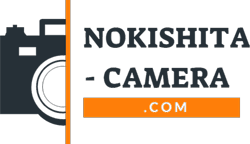
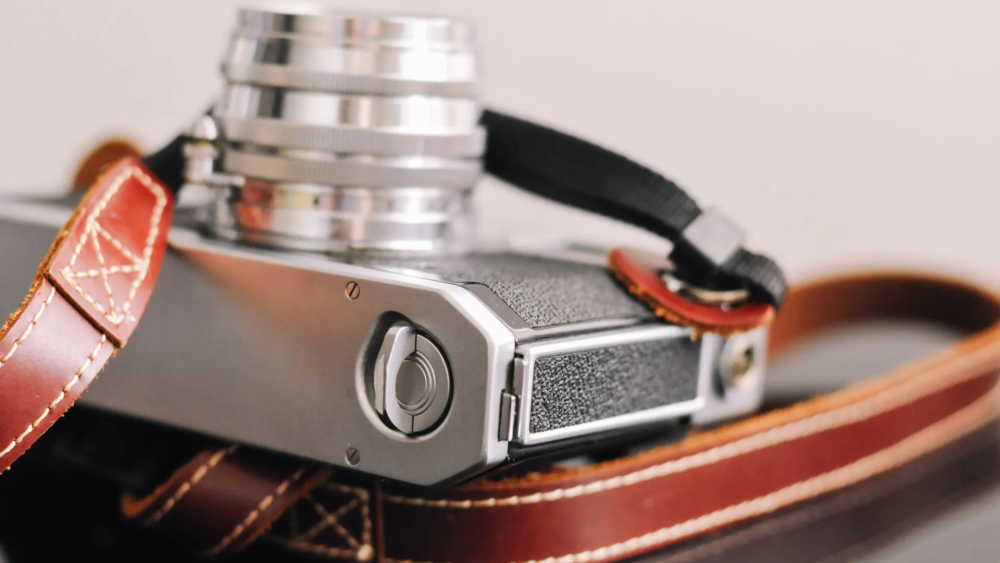


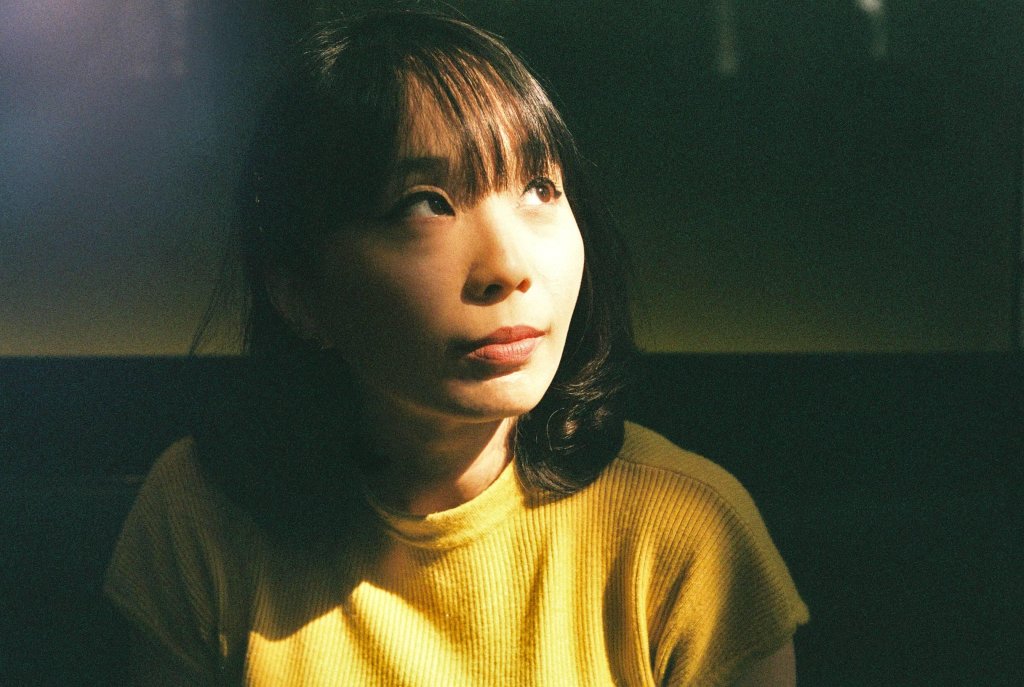
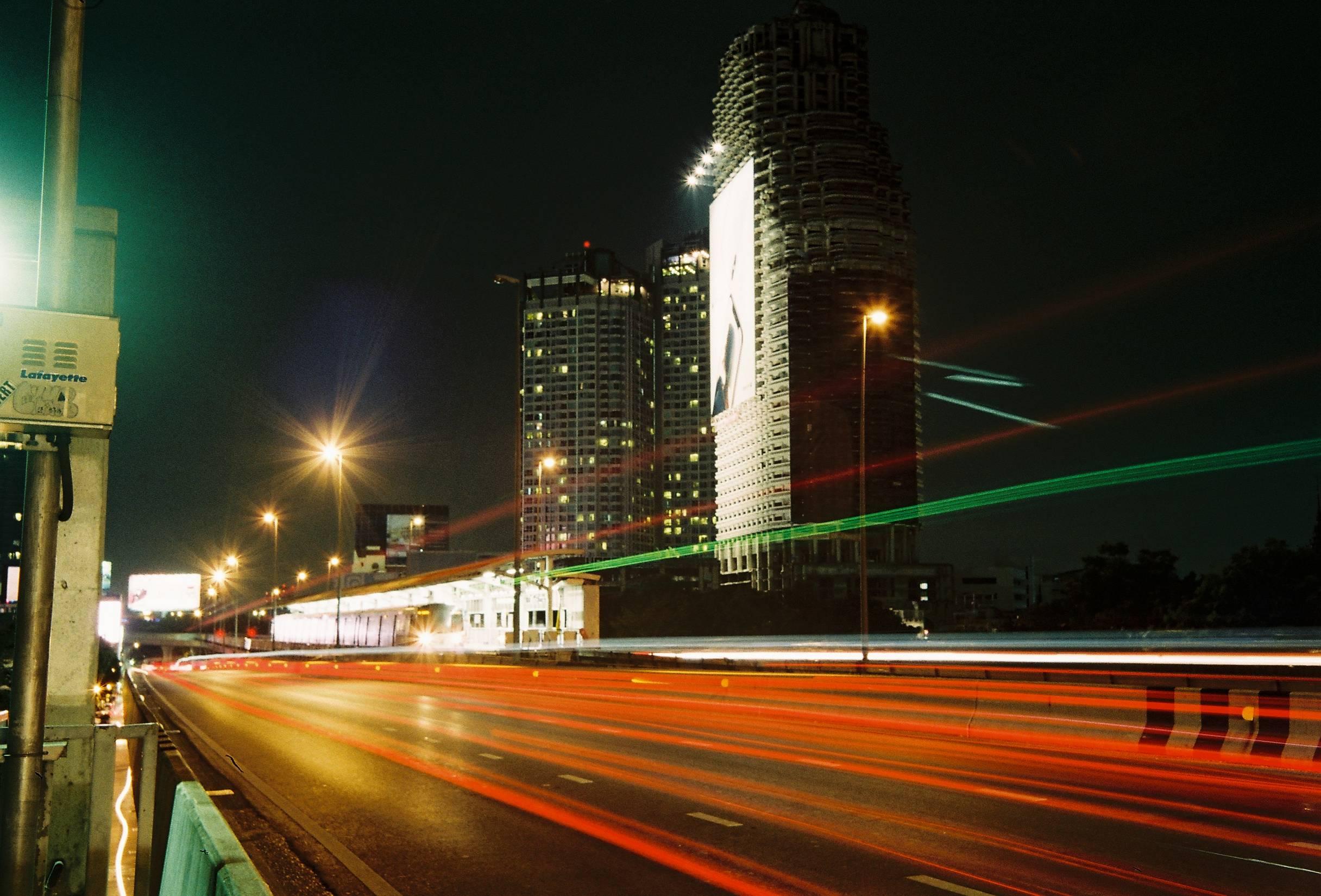
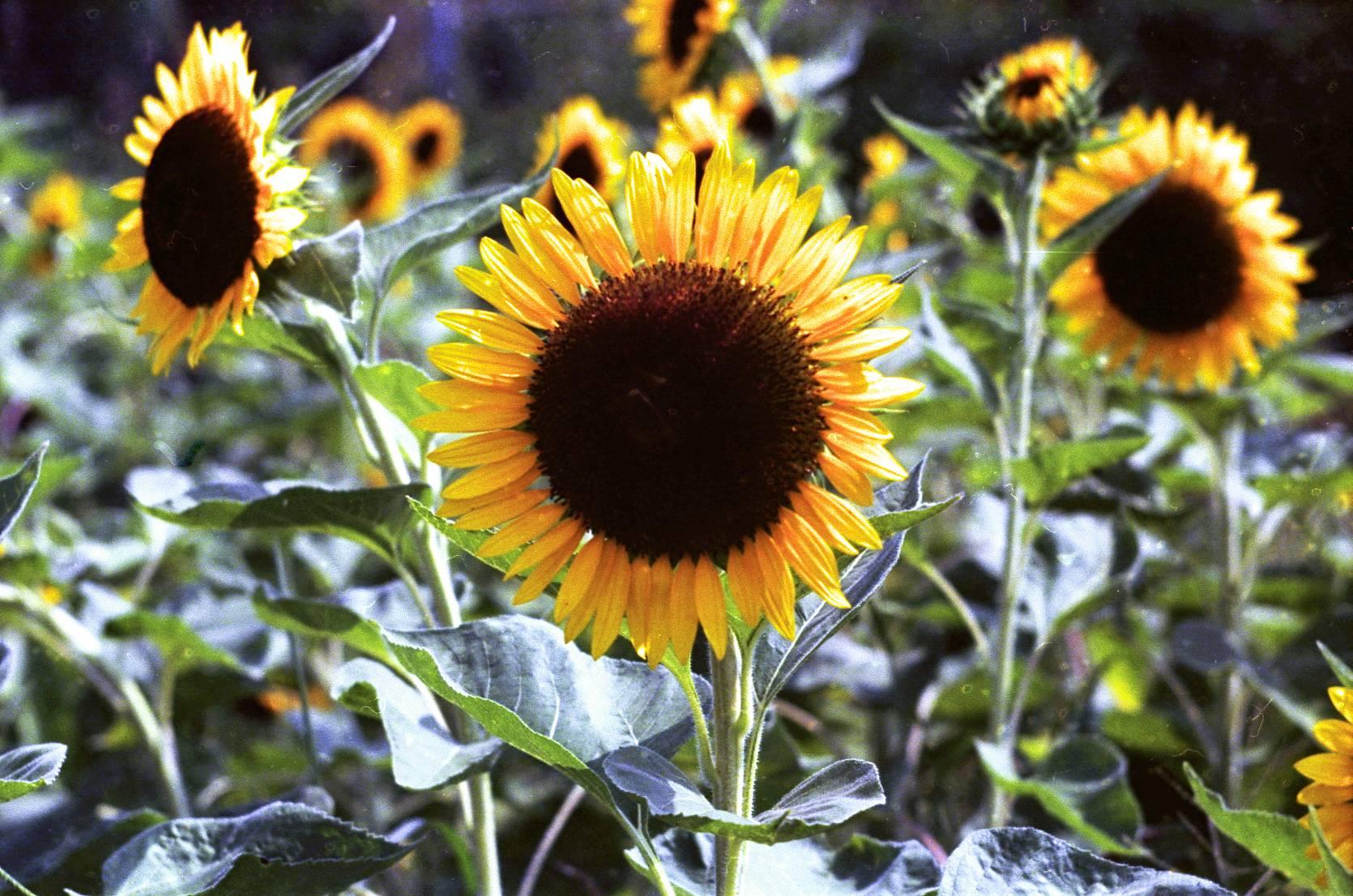
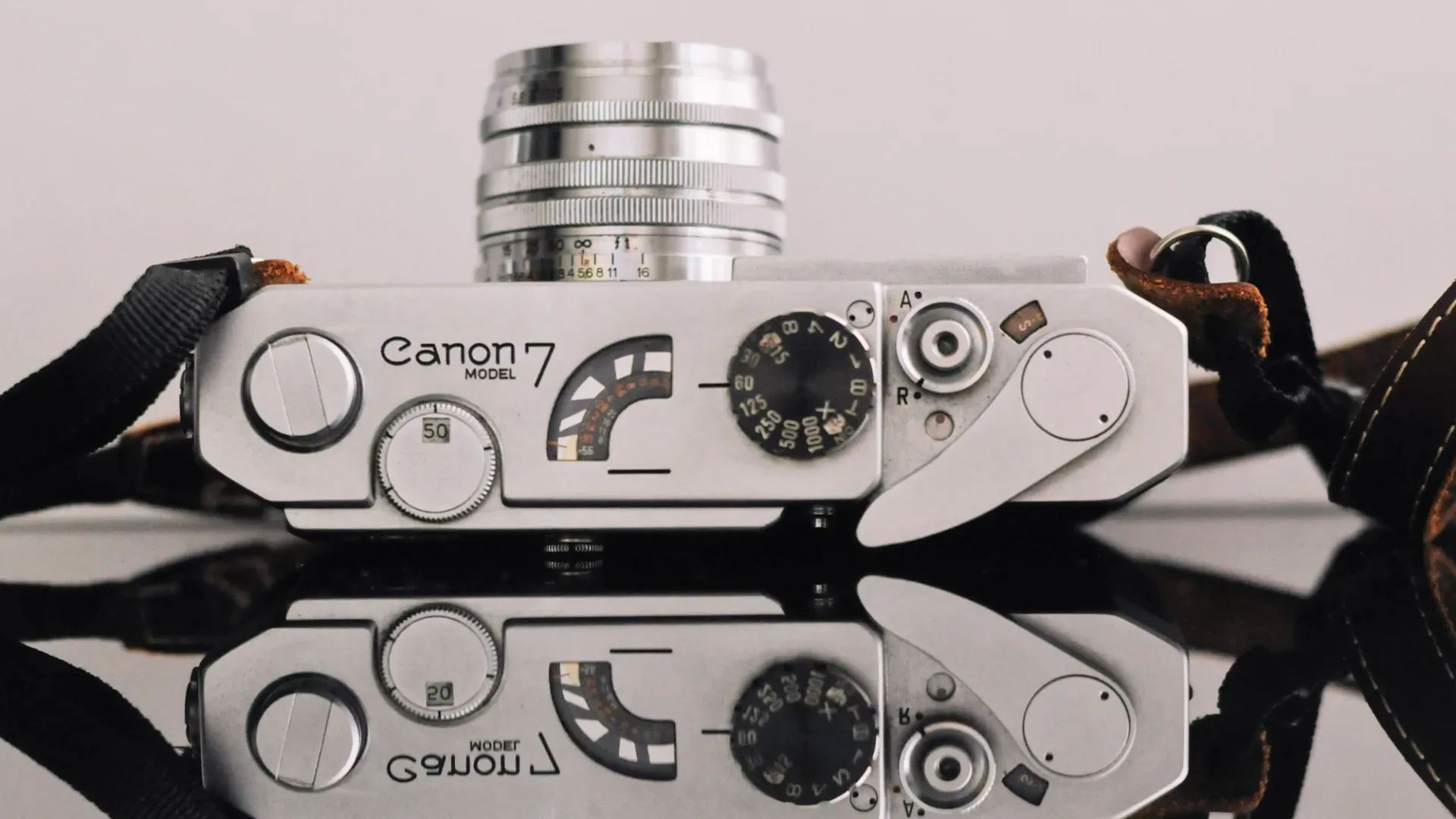
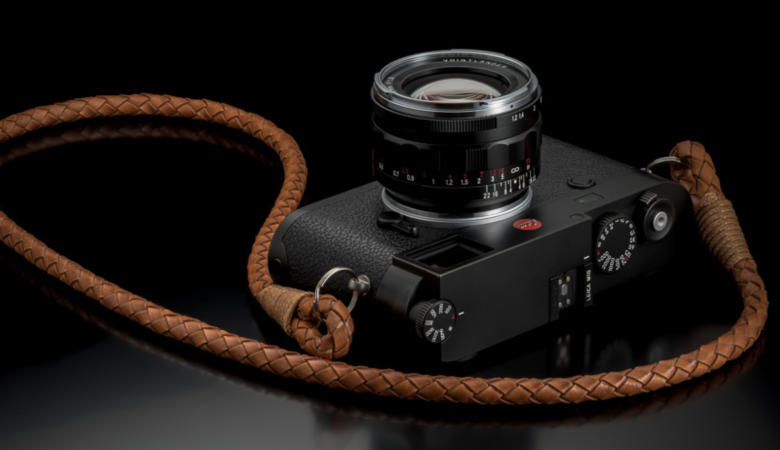

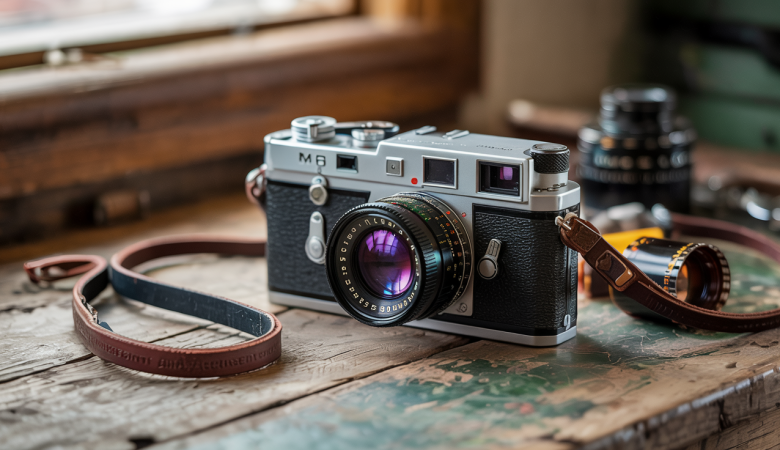

Leave a Reply